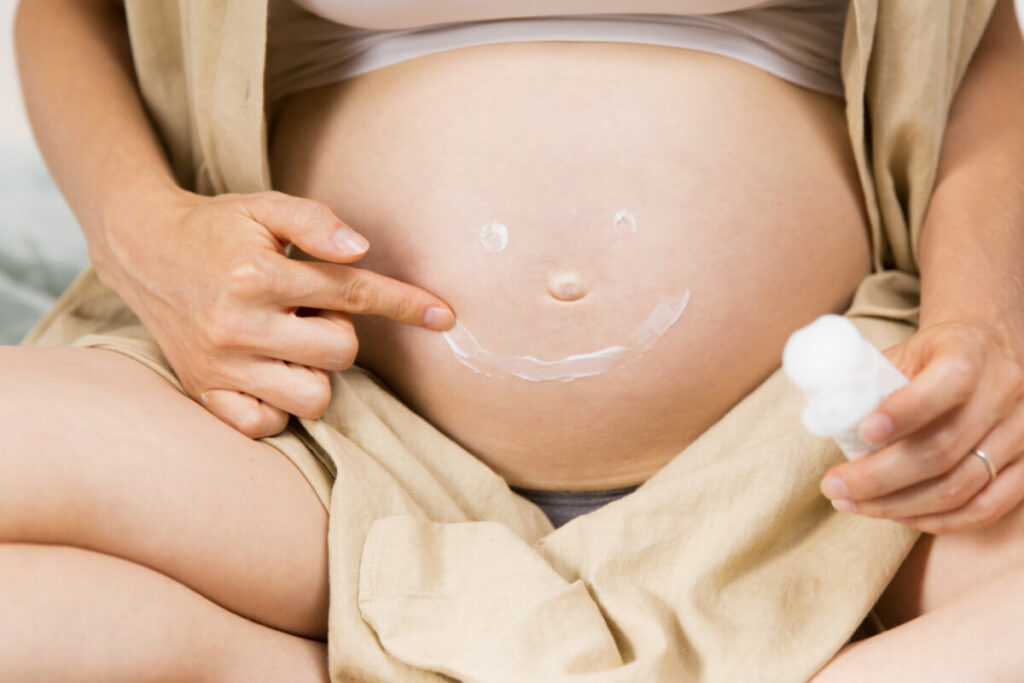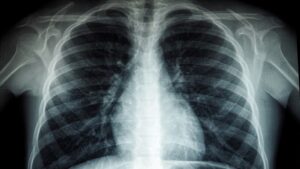[ad_1]
The appearance of skin problems during pregnancy is quite common, most of which are benign and can be treated without special medical interventions. The reason is the intense changes in hormones, the immune system and the cardiovascular system.
Many of them are common, considered normal and most of the time do not have any serious impact on either the mother or the fetus. In some cases, however, the changes observed in the skin are symptoms of skin diseases specific to pregnancy. These occur during pregnancy and/or in the immediate postpartum period and may be associated with temporary or permanent maternal or fetal or neonatal complications.
- Pregnancy is likely to cause three types of skin changes:
- The appearance of skin diseases, due to normal hormonal changes
- The remission or exacerbation of pre-existing skin diseases, also due to immuno-hormonal changes
- The appearance of skin diseases specific to pregnancy
Normal skin changes that are harmless and expected during pregnancy are:
Pigmentation
Linea nigra, the darkening of the nipples and genitals, is very common during the first trimester of pregnancy. It affects 90% of pregnant women, especially those with dark skin. This pigmentation fades after childbirth, but usually not completely.
Melasma affects 70% of women, especially those with dark skin. It is more likely to appear after the 4th month of pregnancy and usually appears as irregular pigmentation in a symmetrical pattern, either on the forehead and temples, or in the center of the face. Most of the time, melasma disappears after pregnancy.
Melanocytic nevi
Melanocytic nevi are concentrations of melanocytes in the form of spots. Their color varies and ranges from black to brown and pink. During pregnancy they may show transient changes, which should however be investigated to rule out possible melanoma.
Streaks
These are purple and pink streaks of skin, which appear in 90% of women during the second and third trimester of pregnancy, due to the expansion of the skin caused by the growth of the fetus. They can also appear on the breasts, thighs and buttocks.
The hormonal and immunological changes that occur during pregnancy are likely to affect pre-existing skin diseases as well. Some can get worse and some can get better. For example, psoriasis, atopic dermatitis, acne, and some sexually transmitted diseases, such as syphilis and human papilloma virus (HPV) infection, can show changes.
Genital warts, in particular, grow faster between the 1st and 14th week and can grow to a very large size and lead to obstruction or dysfunction of the genital tract. Also, during pregnancy they become more vulnerable, causing irritation and bleeding. HPV types that cause genital warts (6, 11) or cervical cancer (16, 18) can be transmitted from mother to child during childbirth.
During pregnancy, there is also an increased frequency and severity of herpes simplex and herpes zoster.
There are also some skin diseases that appear only during pregnancy:
Atopic rash of pregnancy
It is a benign pruritic dermatosis, characterized by eczematous or papular lesions in patients with a history or predisposition to atopic dermatitis. It is the most common cause of pruritus during pregnancy, with a prevalence of 5-20%. Symptoms usually start early, in the first or second trimester, and usually recur in subsequent pregnancies, due to the atopic background. Two-thirds of women have widespread eczematous lesions affecting typical atopic areas, such as the face, neck, and flexor surfaces of the extremities, while one-third have small pruritic, erythematous papules on the trunk and extremities. Scratching causes rashes and can lead to secondary skin infections.
Multiform Pregnancy Rash
Formerly known as pruritic and urticarial papules and plaques of pregnancy, this condition is a benign, inflammatory disorder that usually affects a woman only in her first pregnancy during the third trimester or in the postpartum period. It rarely recurs in subsequent pregnancies.
It is the most common pregnancy-specific skin disease with an incidence of 1 in 160 pregnancies. It usually starts as stretch marks on the abdomen (without affecting the navel) before spreading to the rest of the body as an intensely pruritic rash with erythematous, edematous papules and plaques. This skin disease is not harmful to the unborn child.
Pemphigoid of pregnancy
It is a rare and autoimmune skin disorder. Blisters appear on the skin like those of herpes and that is why it was called herpes of pregnancy. These cause severe itching. It occurs in 1 in 60,000 pregnancies during the second or third trimester, without excluding its appearance earlier or after delivery.
The most common site of onset is the periumbilical region. In 90% of cases, it later spreads to the rest of the abdomen and, less commonly, to the thighs, palms and soles. During the 9th month it shows a remission which is usually followed by an exacerbation immediately after delivery. It may reappear in subsequent pregnancies.
Intrahepatic cholestasis of pregnancy
It is a liver disorder that occurs during the third trimester of pregnancy. Although not a primary dermatosis, due to its association with fetal risks and skin symptoms, it is considered a pregnancy-specific dermatosis. It occurs in about 1% of pregnancies.
On the skin, it causes intense itching that usually starts on the palms and soles and later becomes generalized. Scratching can lead to the development of rashes, scratch lesions and nodules. Symptoms usually disappear 1-2 days after delivery, but in some cases they may persist for 1-2 weeks. 50-70% of women recur in subsequent pregnancies.
Intrahepatic cholestasis is associated with fetal risks, with preterm delivery most common (20-60%), followed by intrapartum fetal distress (20-30%) and stillbirth (1-2%).
Pregnancy can also affect them hair and nails. Many women notice that their hair becomes thicker during pregnancy. In the third trimester, the percentage of hair follicles that remain in the anagen (growth) phase increases. Their numbers usually return to pre-pregnancy levels within 6-12 months. Mild female pattern hair loss may also occur.
Hypertrichosis is not uncommon, especially along the midline of the suprapubic region. The new, soft, fine hairs fall out about six months after giving birth, but the coarser ones usually persist.
During pregnancy there are also changes in the nails, with brittleness, leukonychia, splitting of the nails and their growth towards the skin being the most common. Onycholysis, melanonychia, grooved nails and hyperkeratosis are also possible.
Skin changes vary in morphology, location and time of appearance, but at the same time they have many similarities. Their early diagnosis and treatment minimizes the risk of complications.
New Research: Which Beauty Products Pregnant Women Should Avoid
[ad_2]
Source link






